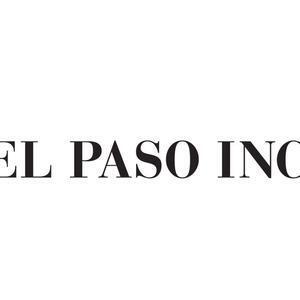- Israel’s military operations in Gaza continue to escalate, with evacuation orders issued for most of Rafah and a potential ground offensive looming. The move comes after a ceasefire agreement with Hamas collapsed.
- The conflict has resulted in significant humanitarian crises, including severe hunger, malnutrition and displacement of 90% of Gaza’s population.
- The conflict has divided the international community, with aid groups calling for Israel to reveal the fate of missing medics and allow rescue teams access to hard-hit areas.
Full Story
The Israeli military issued sweeping evacuation orders Monday, March 31, for most of Rafah in southern Gaza, signaling a potential ground offensive. The orders affect nearly the entire city and direct civilians toward the coastal Muwasi region, which already hosts overcrowded tent camps.
The timing of the evacuation, which coincides with the Eid al-Fitr holiday, suggests Israel has prepared to escalate its campaign following the collapse of a ceasefire agreement with Hamas.
Israel demanded that Hamas release the remaining 59 hostages, 24 of whom are believed to be alive, and that the group disarm and leave Gaza altogether — conditions not included in the previous truce.
Prime Minister Benjamin Netanyahu vowed to implement former President Donald Trump’s proposal to resettle Gaza’s population in other countries, describing it as voluntary. However, Palestinians and human rights experts widely rejected the plan as forced expulsion.
What happened during the Rafah ground operation?
Last week, Israeli forces opened fire on vehicles in Rafah’s Tel al-Sultan neighborhood, killing 15 medics and rescue personnel, according to the United Nations and the Red Crescent.
The Israeli military said the vehicles raised suspicion for advancing without headlights or emergency signals and claimed a Hamas operative was among the dead.
Footage released Sunday, March 30, showed U.N. and Civil Defense workers recovering the bodies nearly a week after the incident.
What is the status of humanitarian aid in Gaza?
Gaza remains under a near-total blockade, with no food or supplies entering for over three weeks.
The United Nations Relief and Works Agency (UNRWA) and the World Food Programme warned that critical supplies, including food and medical equipment, are almost gone. Aid groups said the population faces severe hunger, malnutrition and ongoing risk as Israel intensifies its operations.
On March 18, Israeli airstrikes killed more than 180 children in a single day, according to UNICEF.
Since the war began on Oct. 7, 2023, more than 50,000 Palestinians have died, according to Gaza’s Health Ministry. The conflict has displaced 90% of Gaza’s population and leveled large parts of the territory.
How has the US responded in the region?
The U.S. has intensified its campaign against Yemen’s Iran-backed Houthi rebels, who have launched dozens of attacks on merchant and military vessels in the Red Sea and expressed solidarity with Hamas.
American airstrikes on Houthi targets near Yemen’s capital have killed at least 59 people, according to Houthi reports.
Recent strikes appeared more extensive than previous operations under the Biden administration, with the Trump administration expanding targets to include urban areas and Houthi leadership.
U.S. officials blamed Iran for enabling the Houthi attacks, though Iran denies involvement. Iran also formally rejected direct negotiations with the U.S. over its nuclear program this week but left the door open to indirect talks.
What are the broader implications of the conflict?
Israel’s continued military operations, combined with the proposed resettlement plan and the U.S. campaign against regional actors like the Houthis, signal a widening and hardening of the war’s regional scope.
Netanyahu’s rhetoric has grown more aggressive, and Trump recently threatened Gaza’s population in blunt terms.
The international community remains deeply divided.
Aid groups report deteriorating humanitarian conditions, and several have called on Israel to reveal the fate of missing medics and allow rescue teams access to hard-hit areas like Rafah.
Meanwhile, prospects for a renewed ceasefire remain unclear as both sides hold to incompatible demands.
























































































